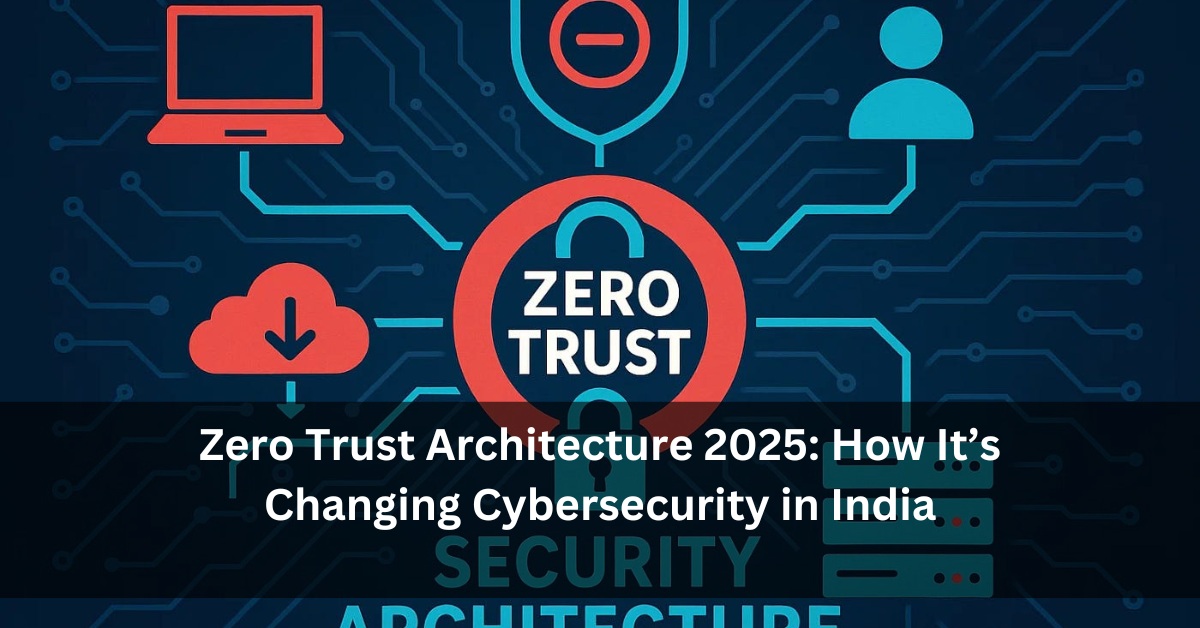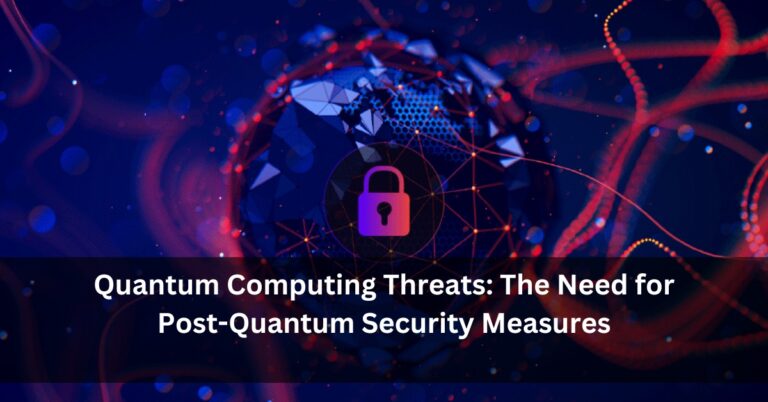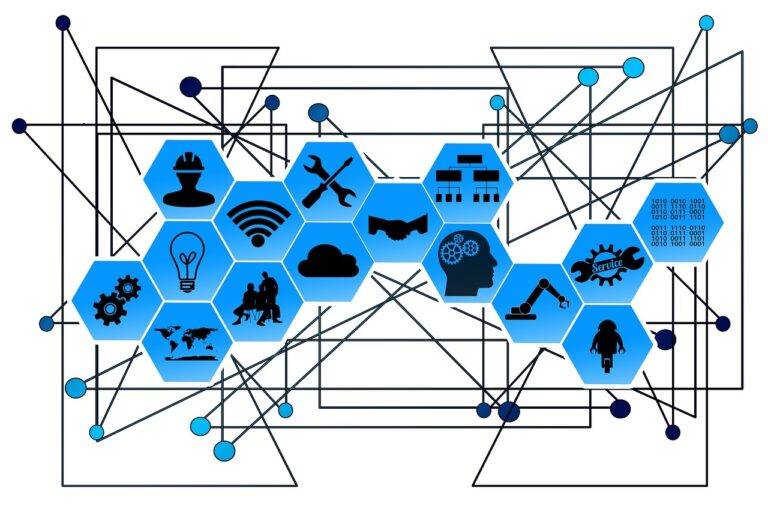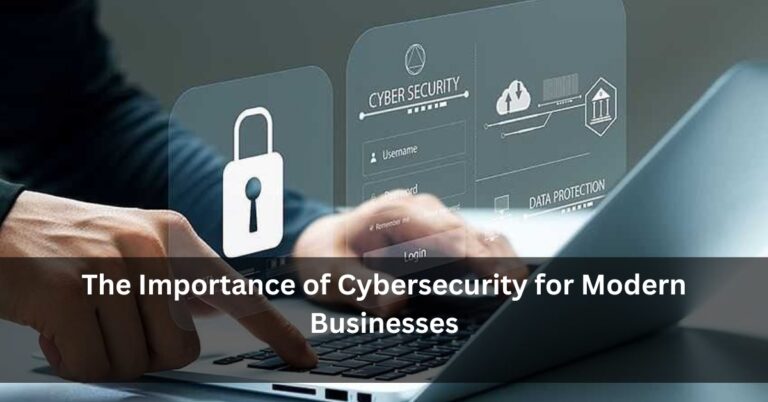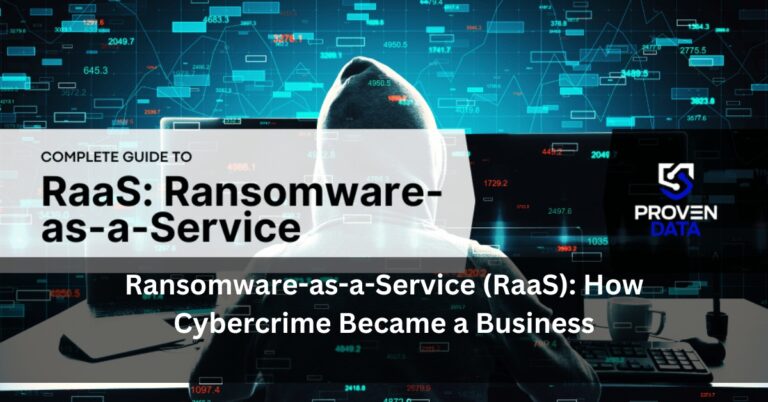Zero Trust Architecture 2025: How It’s Changing Cybersecurity in India
Why Every Company in India Is Talking About Zero Trust
As more businesses in India go online and store data in the cloud, cyber threats are growing fast. In 2025, one of the biggest trends in digital security is Zero Trust Architecture (ZTA). This modern security system works on one simple idea: Don’t trust anyone or anything automatically — always check first.
From small startups to big government offices, everyone is now looking at Zero Trust to keep their data safe. In this article on Bloggers Hub, we’ll break it down in simple words so you can understand what Zero Trust is, why it’s important, and how it’s being used in India.
What Is Zero Trust Architecture?
In the past, companies used “castle-and-moat” security. This meant if someone got inside the office network, they were trusted with everything. But now, work-from-home culture and cloud storage have changed everything.
Zero Trust Architecture works differently. It checks every person and every device before giving access — even if they are already inside the network. It uses tools like:
- Multi-Factor Authentication (MFA) – Verifying with password + OTP or fingerprint.
- Device Check – Making sure your laptop or phone is not hacked.
- Least Access Policy – Giving only limited access, just what is needed.
- Activity Monitoring – Keeping an eye on what each user is doing.
In simple words, Zero Trust means: “Never Trust, Always Verify.”
Why Zero Trust Is Needed in India
India is now one of the largest internet users in the world. With projects like Digital India and smart cities, more government and private work is being done online.
But this also means a bigger risk of hacking. Just last year, Indian companies reported a 20% rise in cyber attacks. These include phishing emails, data leaks, and ransomware.
In January 2025, a major bank in Mumbai suffered a data breach affecting lakhs of customers. Investigations showed that weak internal security was to blame. A Zero Trust system could have stopped this.
Now, banks, hospitals, IT companies, and even colleges are turning to Zero Trust for better safety.
India’s Growing Interest in Zero Trust (Latest News & Trends)
- According to a 2025 report by Bonafide Research, the Zero Trust market in India is expected to grow at 18% per year until 2030
- Companies like Infosys and Wipro are now offering Zero Trust solutions to clients worldwide.
- The Indian government has also issued new guidelines for government IT departments to follow Zero Trust practices for data protection.
- As per CybersecAsia, many Indian firms are still facing issues like lack of trained staff and high costs, but adoption is rising steadily.
How to Start Using Zero Trust in Your Business
You don’t need to be a big tech company to start using Zero Trust. Here are five simple steps you can take:
1. Know What You Need to Protect
Make a list of all your important data, apps, and systems. This is the first step to knowing what to secure.
2. Use Strong Login Methods
Add Multi-Factor Authentication (MFA) for all employees. Password + OTP or fingerprint is a good way to begin.
3. Give Limited Access
Don’t allow full access to everyone. For example, your accountant should not have access to HR files. This limits damage if any account is hacked.
4. Keep an Eye on Activity
Use basic monitoring tools to check login times, locations, and data downloads. Any unusual behavior can be spotted early.
5. Train Your Team
Cybersecurity is not just about software. Teach your team about phishing emails, safe internet use, and company policies.
Real Problems People Face While Using Zero Trust
While Zero Trust is a great solution, it’s not always easy to set up. Here are some common problems:
- It needs technical experts, and not every company has them.
- Older IT systems may not support modern tools.
- Employees may find it annoying to use MFA every time.
But these are short-term problems. With proper planning, most companies can move to Zero Trust slowly, step by step.
Final Words: Is Zero Trust the Future of Cybersecurity in India?
Yes — and the future is already here.
Zero Trust Architecture is not just a buzzword. It’s a strong answer to modern-day cyber threats. Whether you are a tech startup, a government office, or a hospital, it’s time to rethink your security.
If you’re still depending on old firewall systems or just trusting that your data is “safe,” it’s time to update. The risk of losing customer trust, money, or sensitive data is too high to ignore.
To stay updated with more tech news, visit Bloggers Hub — your destination for easy-to-read updates, guides, and how-tos on everything tech.
FAQs (Frequently Asked Questions)
Q1. Is Zero Trust only for big companies?
No, even small businesses can start using Zero Trust in simple ways like MFA and device checks.
Q2. Is Zero Trust expensive to set up?
It depends on the tools you choose. Some free or low-cost options are available, especially for startups.
Q3. Do I need special software for Zero Trust?
Not always. You can begin with settings in Google Workspace, Microsoft 365, and basic cloud services.
Q4. Can Zero Trust stop all cyber attacks?
No system is 100% perfect, but Zero Trust greatly reduces the risk.
✅ Stay updated with Bloggers Hub
✅ Learn simple tips to keep your data safe
✅ Follow the latest news in tech and cybersecurity for India
Let’s make the internet a safer place — one login at a time.

